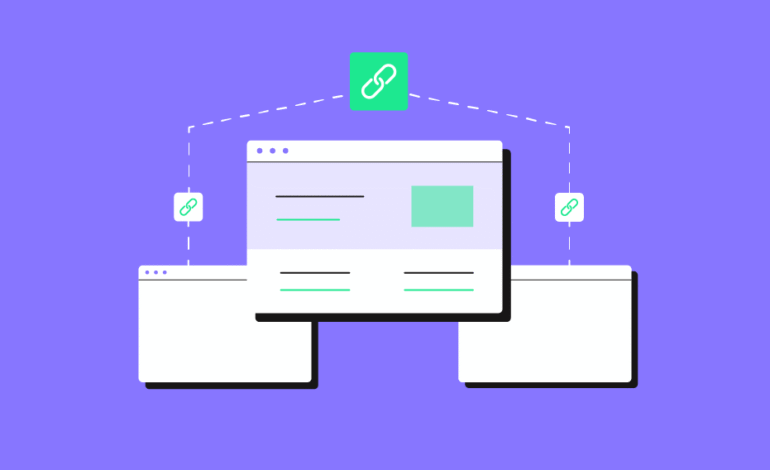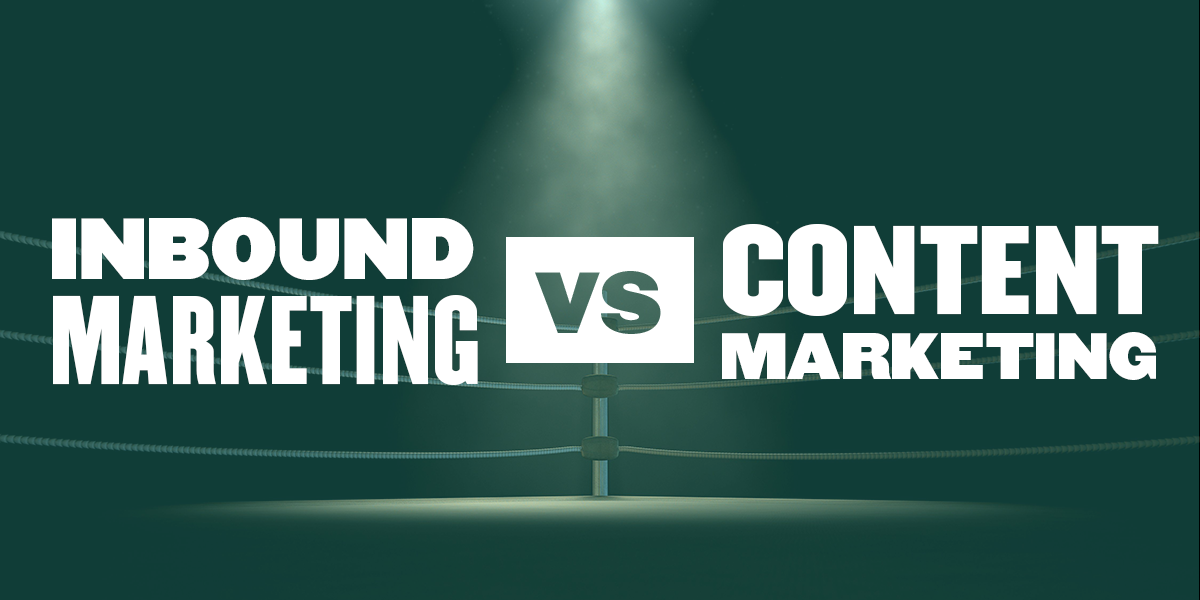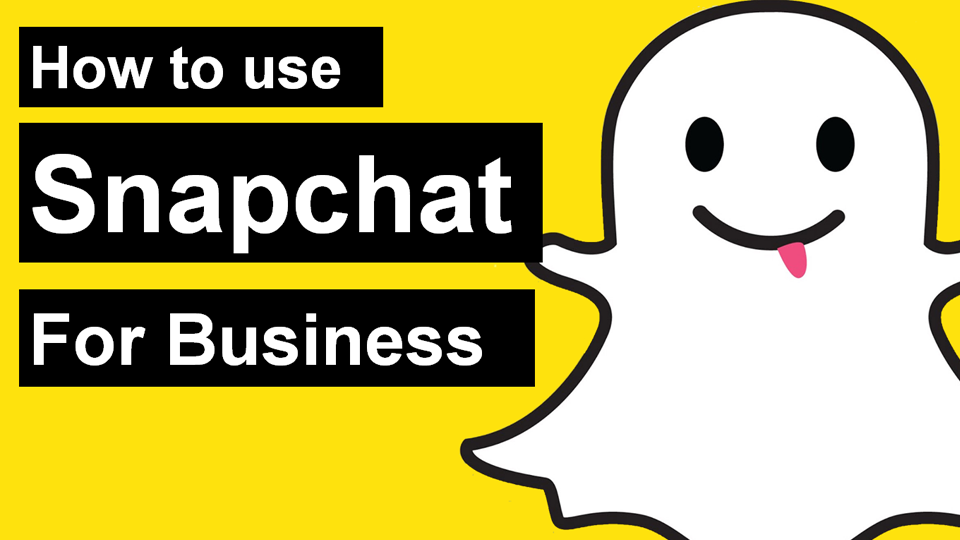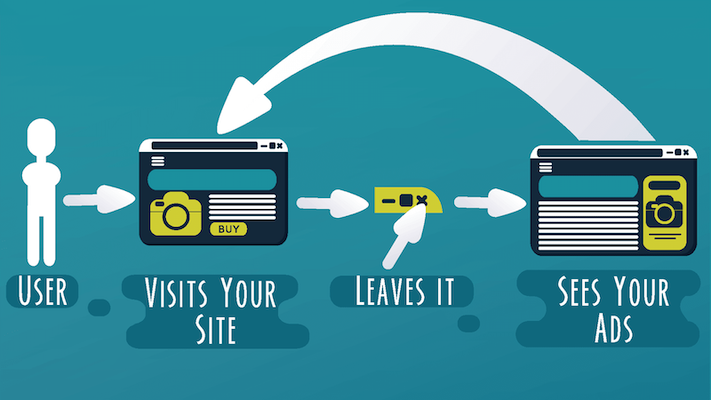Content Marketing: 5 Ways to Generate Demand

The best marketers are the ones who create markets, and content marketing can help you achieve that.
We often think of marketing as a way to identify potential users of our product or service and thus be able to “sell” our brand to them. But what really makes the difference is the ability to create a new audience where it did not exist before and thus expand the reach of our brand.
According to the recent study Using Content Marketing to Generate Demand, Create New Audiences by the Content Marketing Institute, content marketing can help us achieve the goal of expanding our horizons and creating new audiences for our products. Let’s see how!
The Problem: Identifying Demand or Creating Demand
One of the best examples of demand creation is Apple’s iPhone. When Jobs introduced the product in 2007, no one was aware that he needed an iPhone, or the brutal change it would bring to the way we communicate. In fact, even Apple didn’t expect this revolution: they had simply set out to design an iPod that could make calls.
Another great example in our industry is HubSpot. When the company was founded in 2006, the marketing automation market was already saturated. But instead of copying its competitors, HubSpot popularized a new category: inbound marketing. Today, just over ten years later, this concept is an essential pillar of our strategies.
Faced with these two exceptional examples, the truth is that today’s marketers have problems when it comes to generating demand. We operate in a fragmented and noisy environment where it is very difficult to reach potential customers. Marketing areas are under great pressure to meet short-term goals. The customer journey is becoming increasingly omnichannel and complicated, and it’s difficult to differentiate our brands.
But despite all these complications, generating demand is one of the most important needs of today’s companies. Marketers should continue to look for opportunities to support their companies’ growth strategies.
On many occasions, demand generation strategies remain in demand identification plans. Marketers focus on finding users who are already asking for their products, services, and solutions, optimizing their content for search terms and related needs.
The problem is that the market potentially interested in a brand’s specific products is always finite and eventually dries up. Therefore, although great results can be achieved initially, this strategy is not feasible in the long term.
Faced with this situation, the Content Marketing Institute study has set out how to create a content marketing strategy whose results improve over time. Let’s see what their results say.
5 Ways to Create Demand Through Content Marketing
The Content Marketing Institute study was conducted in April 2018, based on an audience of 192 qualified responses from 25 different countries. All respondents said they use content marketing to generate demand at different stages of the conversion funnel. These are the practical recommendations that were arrived at after analyzing the responses.
1) Use content marketing at all stages of the funnel
Almost all respondents said they used content marketing to generate demand at all stages of the conversion funnel, but they tended to focus primarily on the TOFU (top of the funnel) phase:
- 87% indicated that the main reason for using content marketing to create demand was to generate leads or leads at the top of the conversion funnel.
- The phase in which companies obtain the most value from the content marketing used to generate demand is the initial phase (attraction/interest), with 51%.
- The main metric used to measure the impact of content on demand generation is web traffic, according to 67% of marketers surveyed.
- The most effective type of content according to the study is posts and blog articles in the TOFU phase, chosen in 73% of the responses.
But despite this data, it’s also very interesting to note that half of the respondents created content for other phases of the funnel in 2018. 29% produced content for the MOFU (middle of the funnel) phase and 21% for the BOFU (bottom of the funnel) phase.
What all this tells us is that it’s not enough to attract the attention of a potential new customer; we also need to be able to hold their interest throughout the customer’s journey. To be successful in creating demand, it’s not enough to just feed the top of the conversion funnel; we need to create content-driven experiences for all stages to keep them engaged and gradually educate the new customer.
2) Experiment with different types of content at different stages of the customer journey
Respondents said blog posts are the most effective type of content in the early stages of the conversion funnel, reports in the middle stages, and case studies in the later stages. In-person events worked well at all stages of the funnel.
However, the answers to this question show great diversity. Some types of content continue to work in later phases, even if they are more effective in the first phase. Others have similar efficacy figures in the first and second phases, or the second and third phases.
The conclusion? Don’t close yourself to just one type of content at each stage, and experiment until you find the best solutions for you. Here are some ideas to try:
- Try to vary the structures and approaches of a particular type of content. For example, a case study that’s thought out from an educational standpoint may work well in the early stages, or a custom report can be used to give the final push toward purchase.
- Instead of taking a content outline and applying it to the funnel, think about the story you want to tell and the formats that are best suited to convey those messages.
- Do structured testing to determine what works best in each phase. For example, you can design an A/B test in which half of the users download a report and the other half a video case study, and see which of the options generates the most conversions to leads.
Although according to the study, there is content that works best for each type of phase of the conversion funnel:
3) Think about goals first, then metrics
When we talk about metrics, it is necessary to distinguish between what English speakers call “vanity metrics” (those that serve to “feel good” about our results, but do not really indicate what is happening) and KPIs or key performance indicators, that is, those that are directly linked to the business objectives we have set out to achieve.
According to the Content Marketing Institute study, the most commonly used metrics to measure the impact of content marketing belong more to the realm of “vanity metrics”: web traffic (67% of respondents), audience interactions (58%), and number of leads (57%).
The lesson we must draw from this is that these types of metrics are only important to the extent that they tell us how we are progressing towards our goals: it is not much use to accumulate more visits, comments on social networks, or leads if the final conversions are stagnant.
If we are looking to generate new demand for our products and services with our content marketing, we have to ask ourselves what metrics really put us on the track of whether we are achieving it. For example, we can set ourselves the goal of generating a certain number of qualified leads for sales from a new audience sector or located in a certain region. In any case, he thinks that metrics should always be linked to a goal and not be the goal itself.
4) Research your audience thoroughly
According to this study, only 46% of respondents had segmented their audiences based on people, although 35% said they intended to do so. But we also have to distinguish between buyer personas and audience personas.
In general, both types of user profiles can provide us with structure when designing our marketing plans and very valuable information to attract the visitors, leads, and customers that interest us most. The fundamental difference is that buyer personas are users who already know that they are interested in a solution like the one you offer, while audience persona members do not yet know that they have that need or that there is a solution to it. In conclusion, if you are looking to generate demand, you are interested in focusing more on audience personas.
When defining our target audience, it’s important to go beyond demographics such as age, location, or income level, or location. As we have already explained, we cannot rely directly on interest in our product or service either. Therefore, what we have to look for are the challenges and interests that define them.
The more defined the audience we are targeting, the better opportunities we will have to create content marketing that really suits them. On the other hand, we need to balance this need with ensuring that the audience will be large enough to be viable.
From a demand generation standpoint, audiences can be more valuable than leads or customers. Some members of your audience persona will become part of your buyer persona, and will become leads, opportunities, and customers.
However, in the short term, most of them will not convert. But that does not mean that they do not add value. Audiences aren’t just potential buyers; they’re also useful for generating demand and providing the information you need to improve your marketing.
In short, audiences are not just today’s leads, but tomorrow’s potential markets. In the short term, audiences help us share and recommend our valuable content and be more efficient in reaching new users. In the long run, they are our source of demand creation among people who would not have identified their needs on their own.
5) Give demand generation a chance
The majority of respondents in the Content Marketing Institute study (58%) said they had moderate success using content marketing to generate demand. If we add to that the 18% who define themselves as “very successful” and 3% who say they are “extremely successful”, we see a very positive outlook to expand our market niche thanks to content marketing.
To increase the chances of success, you need to focus on audience acquisition, focus on KPIs and not vanity metrics like web visits, and be willing to experiment with different types of content and approaches.










